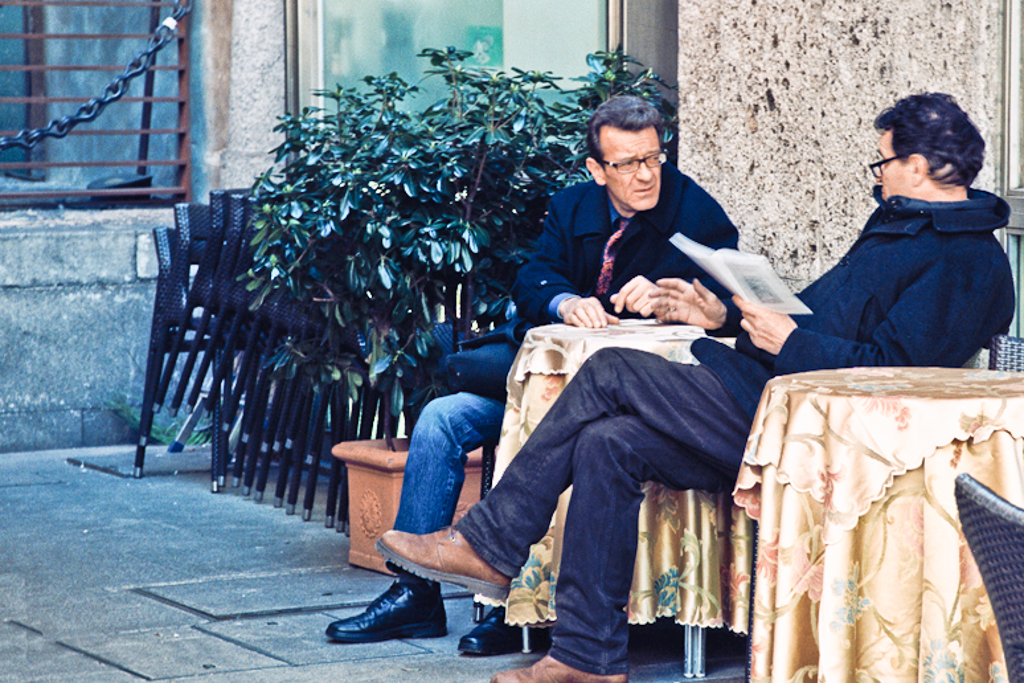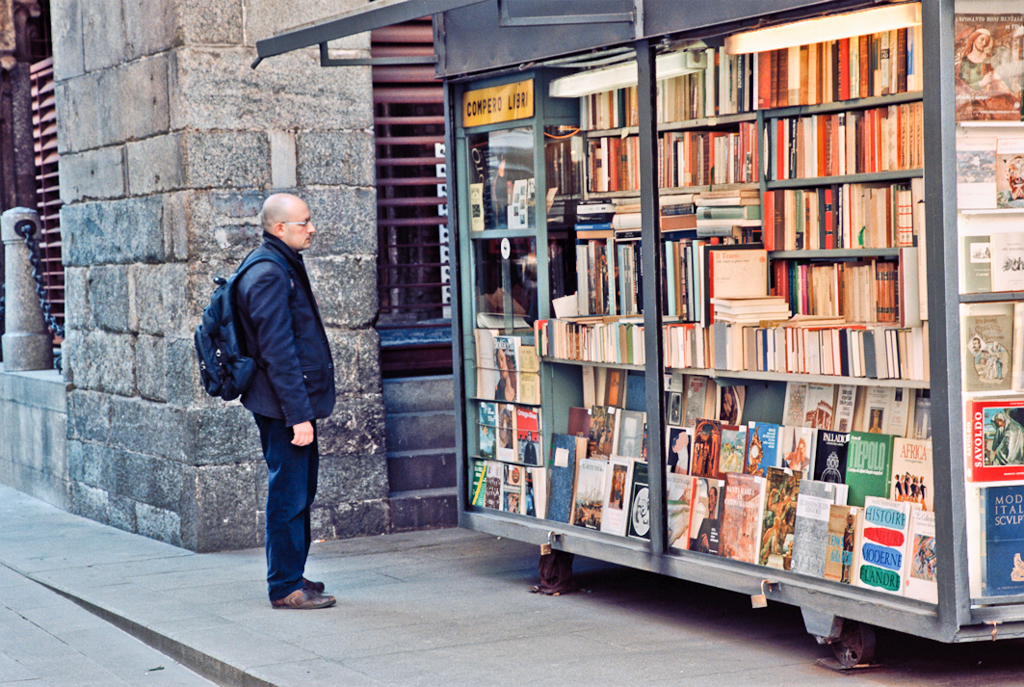A Fool and his Film
writer: russell j.t. dyer; posted: apr 2010; revised: oct 2017; readers past month: 998
For some inexplicable reason I have been buying and using film cameras for the past nine months. What I’m learning about film is that there are quite a few factors involved to make high quality photographs. Each factor in the process has to be at its best, or at least above a certain level in order to produce high quality images — either in print or digitalized. I’m not trying to achieve necessarily high resolution images with film. Instead, I’m looking for the clarity that I’ve seen in the photographs of many famous photographers during my lifetime.
Little by little I have been resolving problems with each factor. For instance, I’ve learned not to use film purchased at a grocery store. It doesn’t compare to professional film like Kodak Ektar 100, Kodak Portra 160NC, Fujicolor Superia Reala, or Ilford Panf 50 (for B & W). Another factor is the quality of the camera and lenses used. At first I was using a couple of old Canon rangefinder cameras. I like using them, but I began to wonder if the age of the equipment, as well as the limits of engineering at the time are factors.
I bought recently a Canon Elan 7n (33v) film camera to go with the better Canon EOS lenses that I already owned. I reasoned that by using the last film camera that Canon engineered with current model, L-series lenses, I should get excellent results. Well, the first couple of rolls of film I took didn’t come out as spectacular as I had hoped. This lead me to consider two more factors which may be reducing the quality of my images. One is the abilities of my neighborhood camera stores to develop film properly with their one-process-fits-all Agfa machines which develop, print, and write to a CD. I wondered if a professional lab would return better results.
A friend of a friend recommended a lab a couple of weeks ago that’s on the other end of town. At first the manager of the lab was leary about taking my film since he only handled big accounts. So I told him my story about learning about film. He reluctantly agreed and told the receptionist to take the order. She took my information and wrote up the order. She also asked me at one point if I wanted an estimate. Like a fool I told her it wasn’t necessary and that I’d pay whatever it costs — I didn’t want to come across as so amateur as to want a quote. Well, it cost me € 172 today. That’s more than eight times what it cost at the camera stores I’ve been using. It’s more than I paid for the camera!
As for the photos, they are a little better than I was getting elsewhere. Below are two samples from the roll. The digitalized images are much better in resolution, but they don’t look eight times better. Obviously, I’m not returning to that lab again. Instead, I’ll ask more well informed people for recommendations of reasonably priced labs and get prices in advance.
Trying the Canon Elan 7n Camera
Camera: Canon Elan 7n; Lens: Canon EF 50mm f/1.2 L; Exposure: 1/8 sec., f/8; Film: Kodak Portra 160NC
Camera: Canon Elan 7n; Lens: Canon EF 50mm f/1.2 L; Exposure: 1/10 sec., f/8; Film: Kodak Portra 160NCxt
Looking at the results of my digitalized photos, though, I’m wondering about one of the improvements I achieved. I’m also wondering if it’s possible that I received higher resolution image files because the lab is better at developing the film. Or if it’s just that they have a better film negative scanner. I’m not sure if the quality of negatives will be the same at any lab when using the same film. Or if it’s both the development of the film and the scanning of the negatives. Could they have given me a higher quality digital image if they had set the resolution higher on their scanner? The images files were originally tif files at 300 dpi, about 1024 pixels wide, 2 megabytes in size. My Canon 5D Mark II makes those numbers look like the images were taken with a kiddie camera. I know it’s not the same, but am I’m wondering if I’m leaving pixels on the scanner table.

